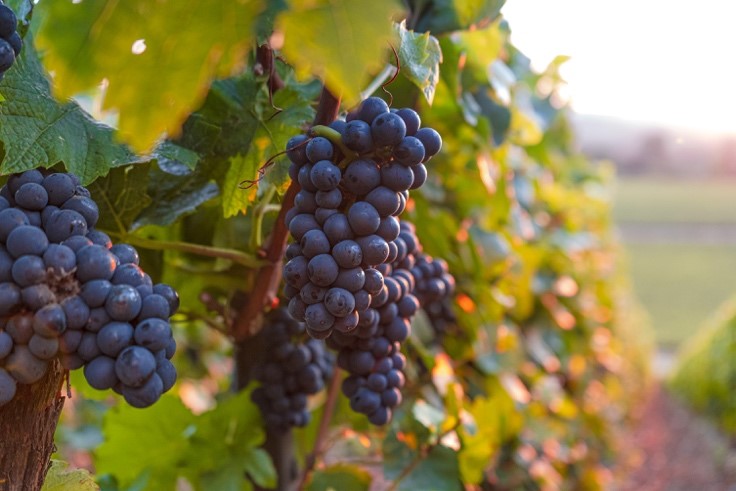Summary by: Luminita Ciolacu and Sofia Reis (alphabetically)
From: ISEKI-Food Association
The high volume of by-products generated by the wine industry have a huge environmental impact which affects their economic sustainability and competitiveness. The circular economy concept proposes reducing food waste by reusing it for development of new products and/or applications. Can winery by-products be used for the development of pharmaceuticals and/or cosmetics?

Researchers analysed pruning firewood, stems, and lees from six autochthonous varieties of Portugal oldest demarcated wine region (Dão). They looked to specific compounds (phenolic compounds) and studied their impact on relevant pathogenic bacteria species associated with diabetic foot infections. Within each by-product, despite their common origin, the inherent characteristics of each variety impacts on their properties. Red wine lees displayed the highest biological and antioxidant properties compared to the white lees and also to pruning firewood and stems. Pruning firewood and stems inhibited the growth of pathogenic bacteria species associated with diabetic foot infections. In addition, pruning firewood inhibited specific bacteria at the same levels as the antibiotic tested.
Winery by-products seem to be promising candidates as natural alternatives to be used as antioxidants in cosmetics (or foods), to combat pathogenic bacteria associated with diabetic infections and even to replace antibiotics that have lost their efficacy against multi-resistant bacteria. New research is coming.
Based on: Costa, C.; Campos, J.; Gouvinhas, I.; Pinto, A.R.; Saavedra, M.J.; Novo Barros, A. Unveiling the Potential of Unexplored Winery By-Products from the Dão Region: Phenolic Composition, Antioxidants, and Antimicrobial Properties. Appl. Sci. 2023, 13, 10020. https://doi.org/10.3390/app131810020

